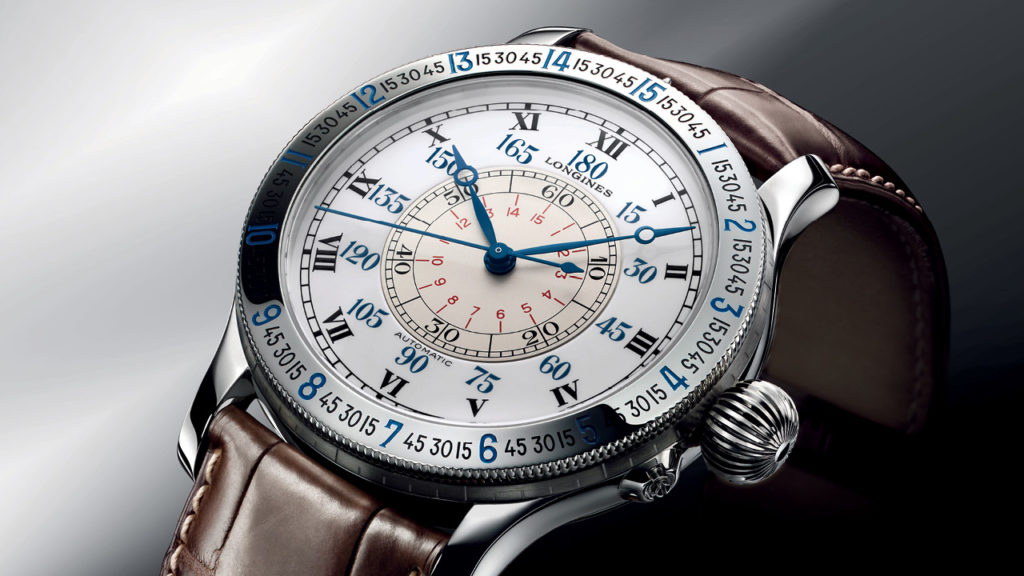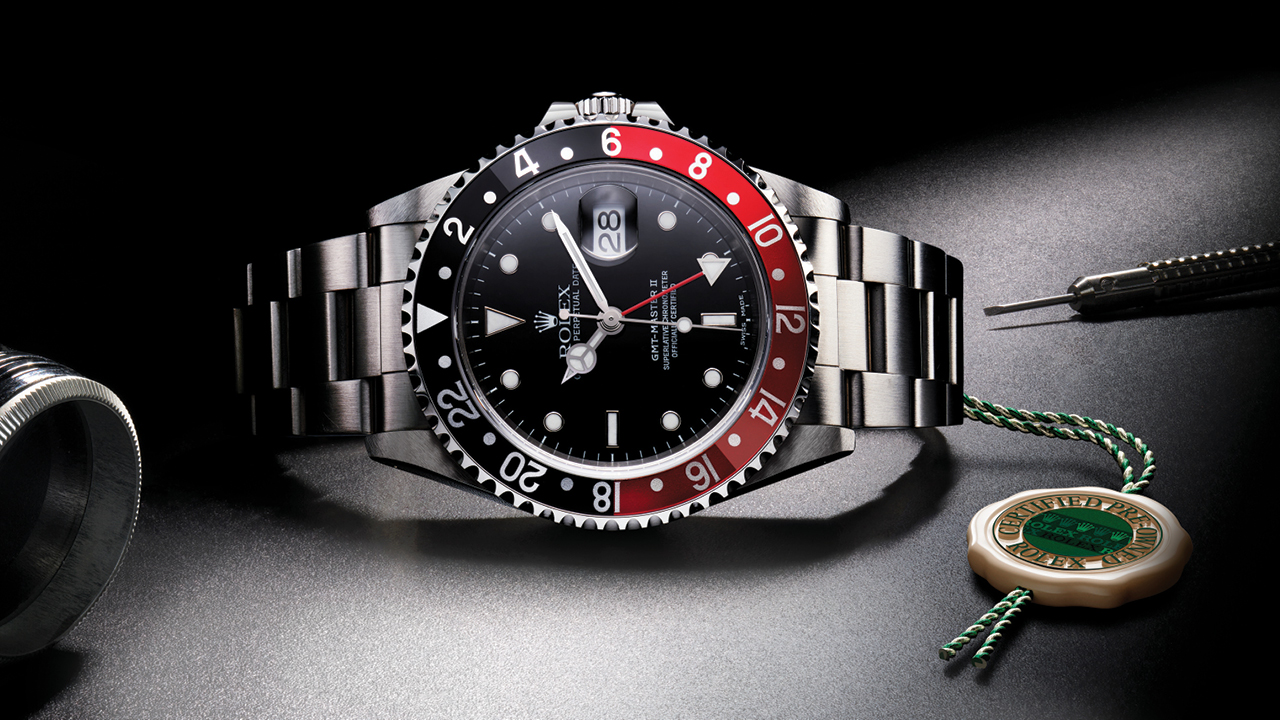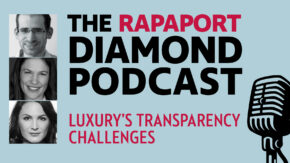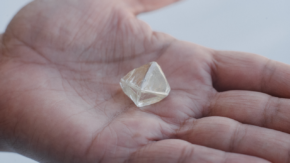The watch industry, usually a stable and predictable product category, is now in flux. The past few months have opened the floodgates to an uncertain future, a disruption that will likely impact the entire network of dealers in new and used timepieces.
Besides the broader insecurities of the global economy, watch analysts point to two main drivers behind this shift: the evolving secondary watch market, and Rolex, which recently acquired Swiss luxury retailer Bucherer.
Economic questions
Sales of new watches continue to grow steadily by value. From January through September, they increased 8.6% year on year to nearly CHF 19.7 billion ($22.9 billion), according to the Federation of the Swiss Watch Industry. However, experts say challenges lie ahead.
“I think [the first half of 2024] will be one of the more difficult six-month periods when it comes to watch sales,” says Brendan Cunningham, professor of economics at Eastern Connecticut State University and founder of watch-focused website Horolonomics. “There is a lot of uncertainty, with conflict continuing and escalating in certain regions. There are some important question marks about the strength of the US economy.”
Alexander Linz of YouTube channel WatchAdvisor makes similar observations. “What I hear is that business is very slow everywhere because people tend not to spend money during times of uncertainty,” he says. “The high-end consumer, yes, but those who buy in the average price range of $5,000 to $15,000 might be a little bit more careful in their spending.”
The Bucherer move
When Rolex announced in August that it was buying Bucherer, which has a network of more than 100 stores in Europe and the US, it sent shockwaves through the industry. Until that point, Rolex had been a manufacturer that sold its watches through a tightly controlled network of external retailers.
Now, the world’s most recognized watch brand has entered the retail business itself. How this will affect other retailers and Rolex’s watchmaking competitors, and how distribution will work for new and used Rolexes, will now depend on how much control the brand chooses to exert over these networks.
“The only thing you see is that a lot of Rolex retailers are clearly scared,” Linz says. “Because they don’t know what Rolex’s plans are.”
The acquisition appears to give Rolex added leverage to control secondhand sales of its watches, according to Cunningham. Some dealers have been known to modify the timepieces before reselling them, adding stones to the bezel or making other changes — a practice Rolex wants to discourage. Earlier this year, the brand launched its Certified Pre-Owned (CPO) program, which authenticates used Rolexes and authorizes specific retailers to sell them. Bucherer was the first vendor it approved.
“It is increasingly clear that [the acquisition] is something more than simply a defensive play by Rolex,” says Cunningham. “I’ve reviewed recent litigation Rolex has filed relating to aftermarket modified watches sold by [unauthorized] independent dealers. In at least one case, a defense lawyer has argued that Rolex does not sell pre-owned watches, so it is not damaged by sales of modified watches. This defense falls apart now that Rolex owns a retailer that sells certified pre-owned watches, and the brand can plausibly claim much larger damages.”
The 1916 Company
Consolidation isn’t new to the watch industry. What is new is the number of brands and retailers merging new and used watch operations. This has given the secondary market a legitimacy it never had before among watchmakers, which have long viewed the pre-owned sector as a poorly regulated business that takes market share away from new timepieces.
The latest of these mergers is The 1916 Company, which launched on November 1. It combines online dealer network WatchBox, which trades new and used timepieces; Philadelphia watch and jewelry retailer Govberg Jewelers; Radcliffe Jewelers, which has three locations in Maryland and Delaware; and Hyde Park Jewelers in Colorado, Arizona and California. Govberg owner Danny Govberg is one of WatchBox’s three owners, alongside Justin Reis and Tay Liam Wee. This trio now owns 100% of The 1916 Company.
The newly merged entity serves as an international network of both online and in-store retailers. More importantly, though, it allows WatchBox to be part of the Rolex CPO network.
“WatchBox had to pull off a difficult move,” explains Cunningham. “In order to shift into official Rolex CPO status, they had to eliminate their existing ‘unofficial’ sales of pre-owned Rolexes, which deprives them of important revenue. They seem to have successfully choreographed this move.”
However, solidifying the merger comes with challenges of its own, he says. “Rebranding as The 1916 Company will take time. For example, as of [November 4], The 1916 Company Instagram account has 638 followers, while Watchbox has 277,000, Govberg has 36,000, and Hyde Park has 7,000-plus. Instagram makes it easy to merge all that followership, but this is just an example of how transitioning name recognition alone will require a fair bit of work…alongside other challenges such as merging teams and information systems.”
That said, he believes this is just the beginning: “I expect to see more consolidation in the future.”
Main image: Rolex GMT-Master watch in stainless steel. (Rolex)
RELATED READING

This article is from the November-December 2023 issue of Rapaport Magazine. View other articles here.
Stay up to date by signing up for our diamond and jewelry industry news and analysis.



